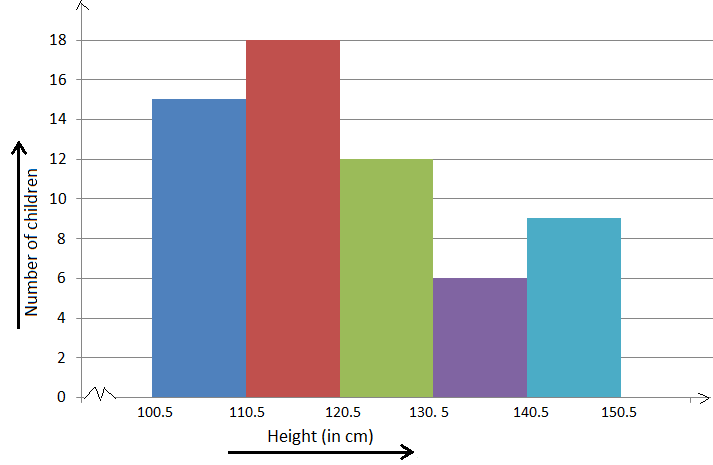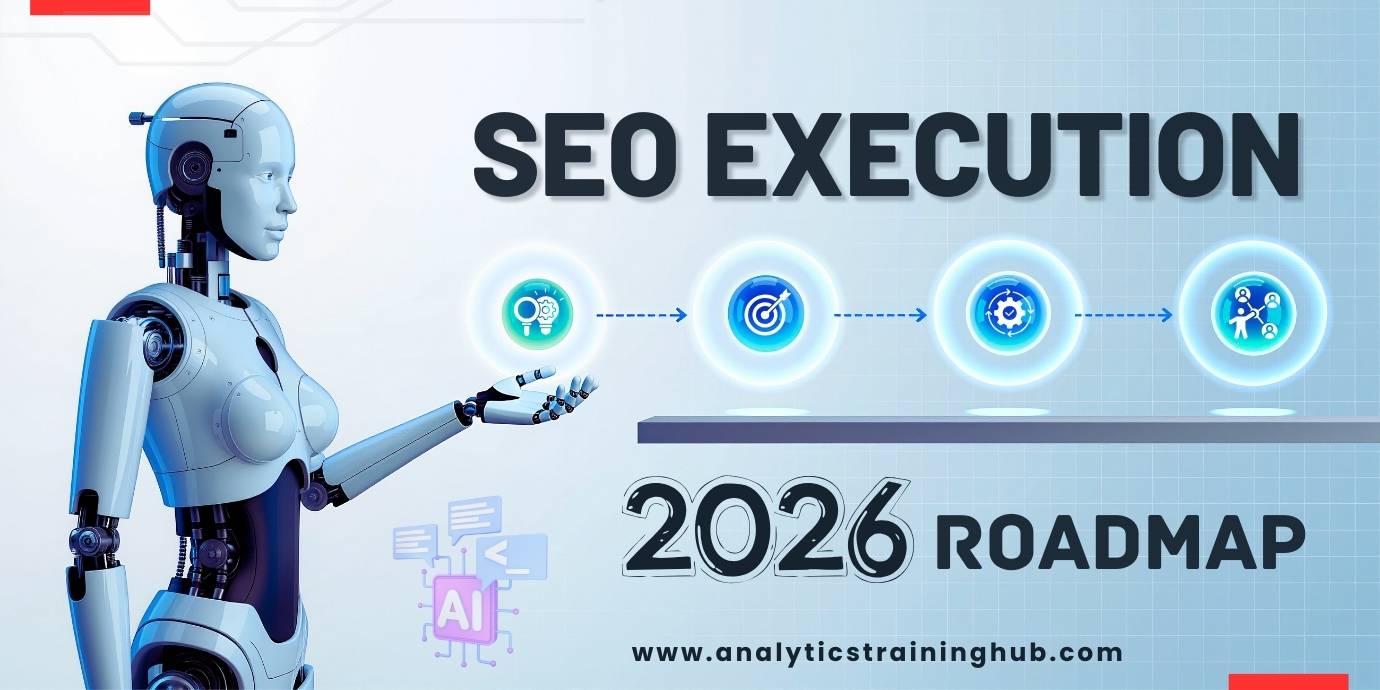What is Data Presentation?
Data Analysis and Data Presentation have a practical implementation in every possible field. It can range from academic studies, commercial, industrial and marketing activities to professional practices.
In its raw form, data can be extremely complicated to decipher and in order to extract meaningful insights from the data, data analysis is an important step towards breaking down data into understandable charts or graphs.
Data analysis tools used for analyzing the raw data which must be processed further to support N number of applications.
Therefore, the processes or analyzing data usually helps in the interpretation of raw data and extract the useful content out of it. The transformed raw data assists in obtaining useful information.
Once the required information is obtained from the data, the next step would be to present the data in a graphical presentation.
The presentation is the key to success. Once the information is obtained the user transforms the data into a pictorial Presentation so as to be able to acquire a better response and outcome.
Methods of Data Presentation in Statistics
1. Pictorial Presentation

It is the simplest form of data Presentation often used in schools or universities to provide a clearer picture to students, who are better able to capture the concepts effectively through a pictorial Presentation of simple data.
2. Column chart

3. Pie Charts

4. Bar charts

5. Histograms

It is a perfect Presentation of the spread of numerical data. The main differentiation that separates data graphs and histograms are the gaps in the data graphs.
6. Box plots

7. Maps

Map Data graphs help you with data Presentation over an area to display the areas of concern. Map graphs are useful to make an exact depiction of data over a vast case scenario.
All these visual presentations share a common goal of creating meaningful insights and a platform to understand and manage the data in relation to the growth and expansion of one’s in-depth understanding of data & details to plan or execute future decisions or actions.
Importance of Data Presentation
FAQ’s on Data Presentation











